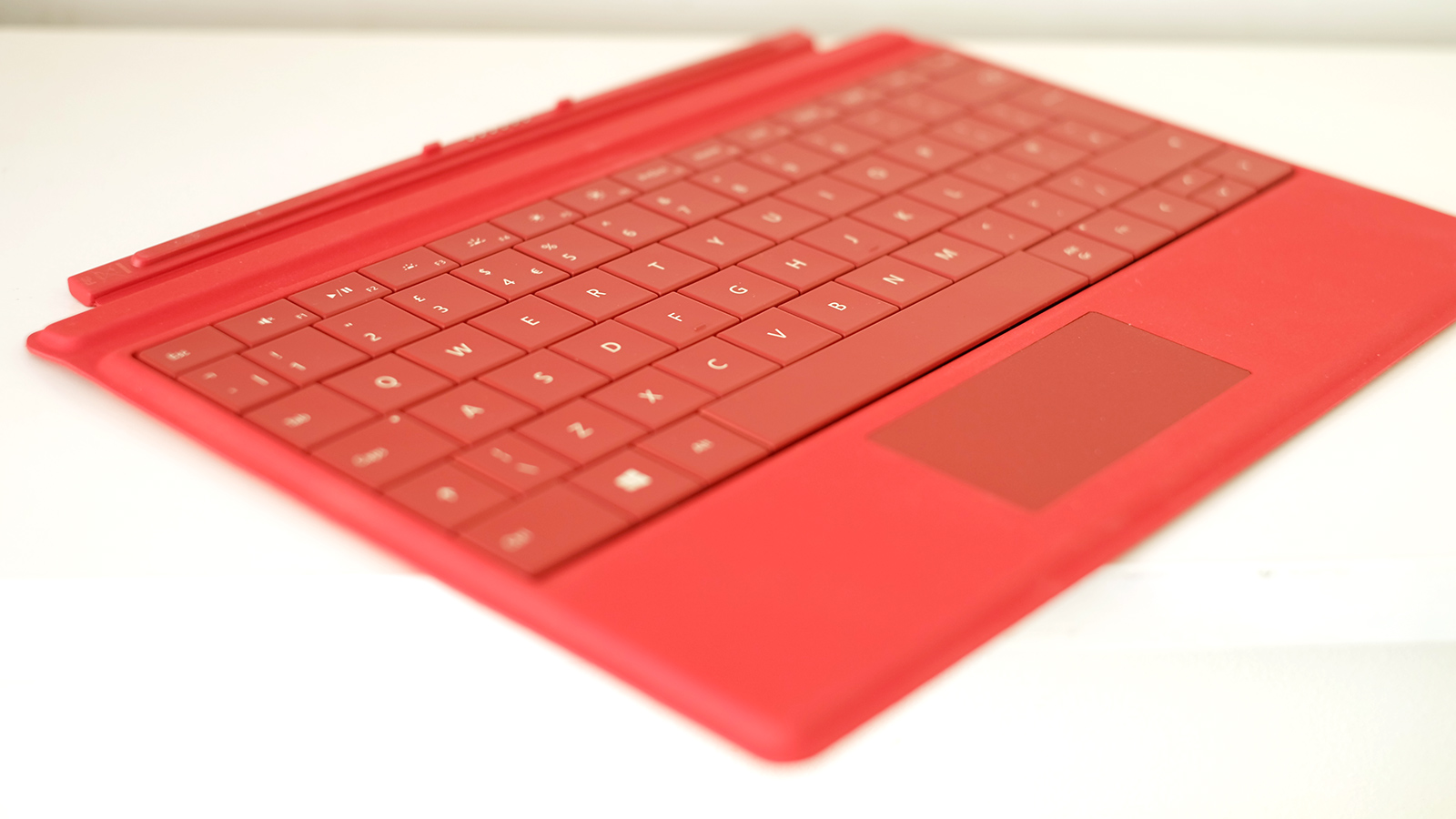Microsoft Surface 3 review
Will it be third time lucky for Microsoft's Surface?

The Microsoft Surface 3 is comfortably the best of the lower-cost Surface hybrids to date. The sum of improvements made to the hardware, both in the tablet part and the keyboard, and full Windows 8.1’s flexibility make it a very workable portable companion to a more powerful desk-bound laptop or desktop.
-
+
Good screen quality; greatbattery life; strong removable keyboard
-
-
Low CPU and storage performance; limited RAM; Fiddly to use on lap
The sacrifice is that the Surface 3 doesn't feel quite right when left resting on the knees, rather than a proper flat surface. It is not to be ruled out entirely, but as the device's weight is left resting on a very small surface area beyond the screen itself, it it simply not as comfortable or as secure as a traditional laptop design. The keyboard simply isn't used as a weight-bearing part here.
Keyboard
The keyboard is one of the Surface 3's most important elements, though. Like 2014's Surface Pro 3 design, it attaches to the screen part with magnets, while the actual connection is made using a few metal contacts on the side of the screen part.

Unlike some other hybrids, the connection between the two parts is physical, not wireless. This eradicates most issues with key responsiveness, although during testing there were a few moments when the keyboard had to be removed and reseated before being recognised by the Surface 3. These are minor niggles in use, though.
For the most part the keyboard is a great success. Thanks to the use of full-size keys and key travel on-par with some Ultrabooks, the Surface 3's typing experience is convincingly authentic given the keyboard is just a few millimetres thick. That is, after the user has become accustomed to the slight buzzy feel of the board.
Sign up today and you will receive a free copy of our Future Focus 2025 report - the leading guidance on AI, cybersecurity and other IT challenges as per 700+ senior executives
-
 Google DeepMind CEO Demis Hassabis thinks this one area of the tech industry is probably in an AI bubble
Google DeepMind CEO Demis Hassabis thinks this one area of the tech industry is probably in an AI bubbleNews AI startups raising huge rounds fresh out the traps are a cause for concern, according to Hassabis
By Ross Kelly Published
-
 Everything you need to know about Google and Apple’s emergency zero-day patches
Everything you need to know about Google and Apple’s emergency zero-day patchesNews A serious zero-day bug was spotted in Chrome systems that impacts Apple users too, forcing both companies to issue emergency patches
By Nicole Kobie Published
-
 Ronald Richardson to lead Leaseweb’s global commercial strategy
Ronald Richardson to lead Leaseweb’s global commercial strategyNews The experienced executive has been named Leaseweb’s new CRO as the IaaS provider embarks on the next phase of its growth journey
By Daniel Todd Published